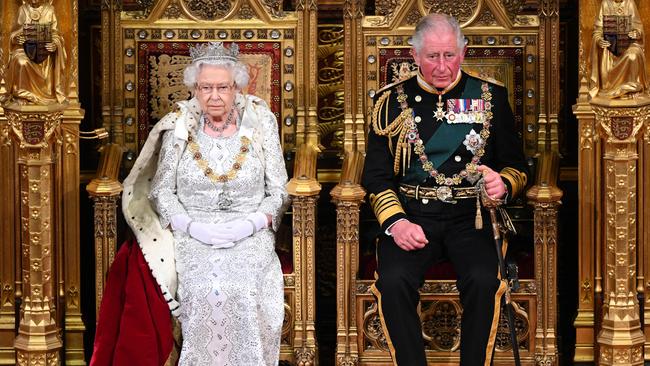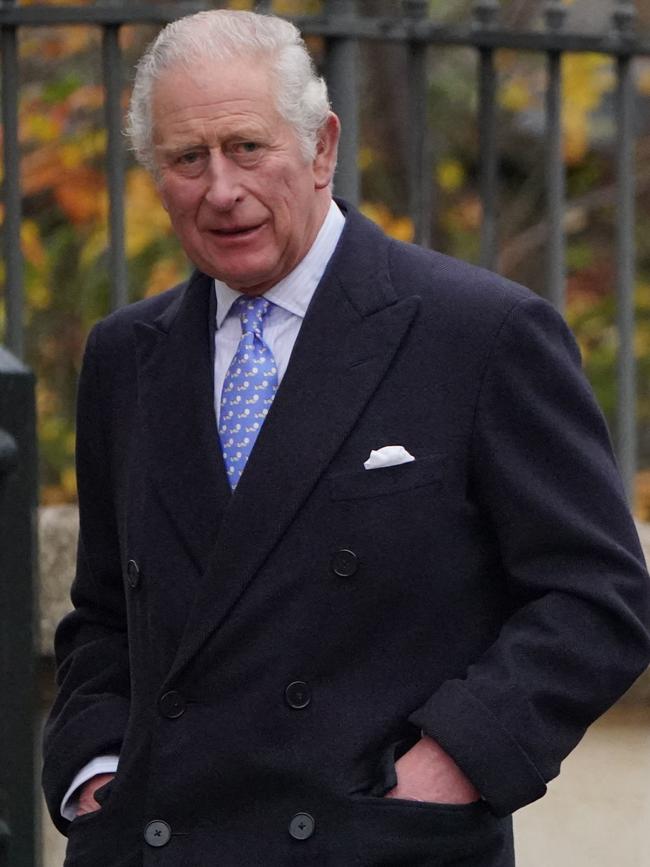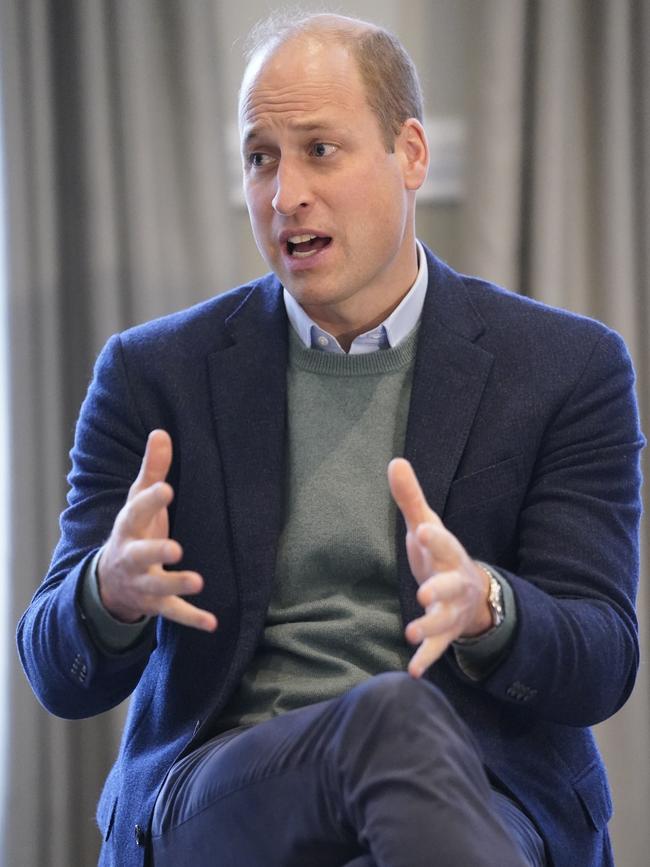Christopher Pyne: Nothing against the Queen, but it’s time for an Australian head of state
Vote in our poll – is it time to have an Australian head of state? Christopher Pyne says it is, and we need to decide what we want them to do.
Opinion
Don't miss out on the headlines from Opinion. Followed categories will be added to My News.
I am a republican.
I believe that every Australian citizen should be able to aspire to be Australia’s head of state.
That isn’t the case now. The Queen is our head of state.
I have nothing against Her Majesty, Queen Elizabeth II. She has done a great job as monarch of the UK and the Commonwealth. But do we really think it’s appropriate, after 121 years as a nation, that the only requirement necessary for the highest office in the land is that you happen to be the eldest child of the British royal family?
Unless we become a republic, Australia’s next head of state will be His Royal Highness, Prince Charles. I assume he will be King Charles III, although that isn’t settled – he could take any one of his many other names upon his accession to the throne. After King Charles III, assuming His Royal Highness, Prince William hasn’t thrown in the towel like his brother, now plain Harry, Duke of Sussex, our head of state will be King William V.
Neither of them holds any qualification for office in Australia other than by accident of birth. Neither our Australian citizens. They could not vote at an Australian election. But the prime minister holds office at their pleasure through their representative, the governor-general of Australia.
Sound ridiculous? That’s because it is.

It’s beyond time for Australia to stand up. We must be ruled by Australians, not a hereditary monarchy on the other side of the world.
The last referendum failed because of confusion created about the method of election of an Australian head of state. Because the Australian president was to be chosen by a “parliamentary model” it was easily portrayed as “the politicians’ republic”. Regrettably, even serving politicians used this line to disparage the model and in the process their own profession.
Last week, the Australian Republican Movement, ably led by Sandy Biar, released its proposal for the election of an Australian head of state. It is based on the state, territory and national parliaments nominating up to 11 candidates from which the Australian people would choose by ballot.
Predictably, it led to an outcry from the usual suspects on the monarchist side and a number of supporters of a republic. The monarchists trotted out their usual lines and the republican opponents of the model were concerned that a president elected by the people would be a rival to the prime minister who is chosen by the House of Representatives. They were also worried about the confusion created by inserting the state and territory parliaments into the appointment of the Australian head of state, a role they currently do not enjoy.
With great respect to the advocates of an Australian republic, the sequence of the debate is, to use the vernacular, “all arse-about”.


These debates about how to elect a president are going to continue to be the death knell of any move to a republic. It’s just too easy for clever opponents of an Australian head of state or supporters of the status quo to raise both legitimate concerns and red herrings to confound the voters and defeat a referendum again.
The first step in becoming a republic is to codify the powers of the new president.
Once those powers are demonstrated to be limited and even less sweeping than the current governor-general, much of the concern about how a president is elected will fall away.
For example, if the governor-general’s power to dismiss the prime minister, last used in 1975 when then governor-general, Sir John Kerr, sacked then prime minister, Gough Whitlam, were removed, then the role would be ceremonial indeed.
The president would not be able to lord it over the prime minister or the government of the day. The only way the prime minister could be removed would be by their own political party removing them or the prime minister losing the confidence of the house of representatives, usually by defeat at an election.
Before another referendum is held on how to elect a president, whether that model is by appointment by the prime minister, which is the current method of appointment of the governor-general by the way, or by direct election by the people, or some other means, the parliament should pass a bill that makes clear what the powers of a president will be.
That bill should limit the role to being purely ceremonial and not a competing power centre to the prime minister and the government.
The bill should be informed by the work of a select committee of the House of Representatives and the Senate tasked with this sole role. The bill should then be presented as government legislation, debated and passed.
The first referendum held would then be a question that asks the voters whether they support changes to the Australian Constitution that codify the proposed president’s powers in the terms of the act passed by both Houses of Parliament.
After that, advocates can go their hardest on whether they want a minimalist republic, a parliamentary model or a direct election of the new president by the people. We could even hold a plebiscite by postal ballot asking people their preference, as we did with marriage equality in 2017, before a referendum was held.
If we want an Australian head of state, we first need to determine what their powers will be.



